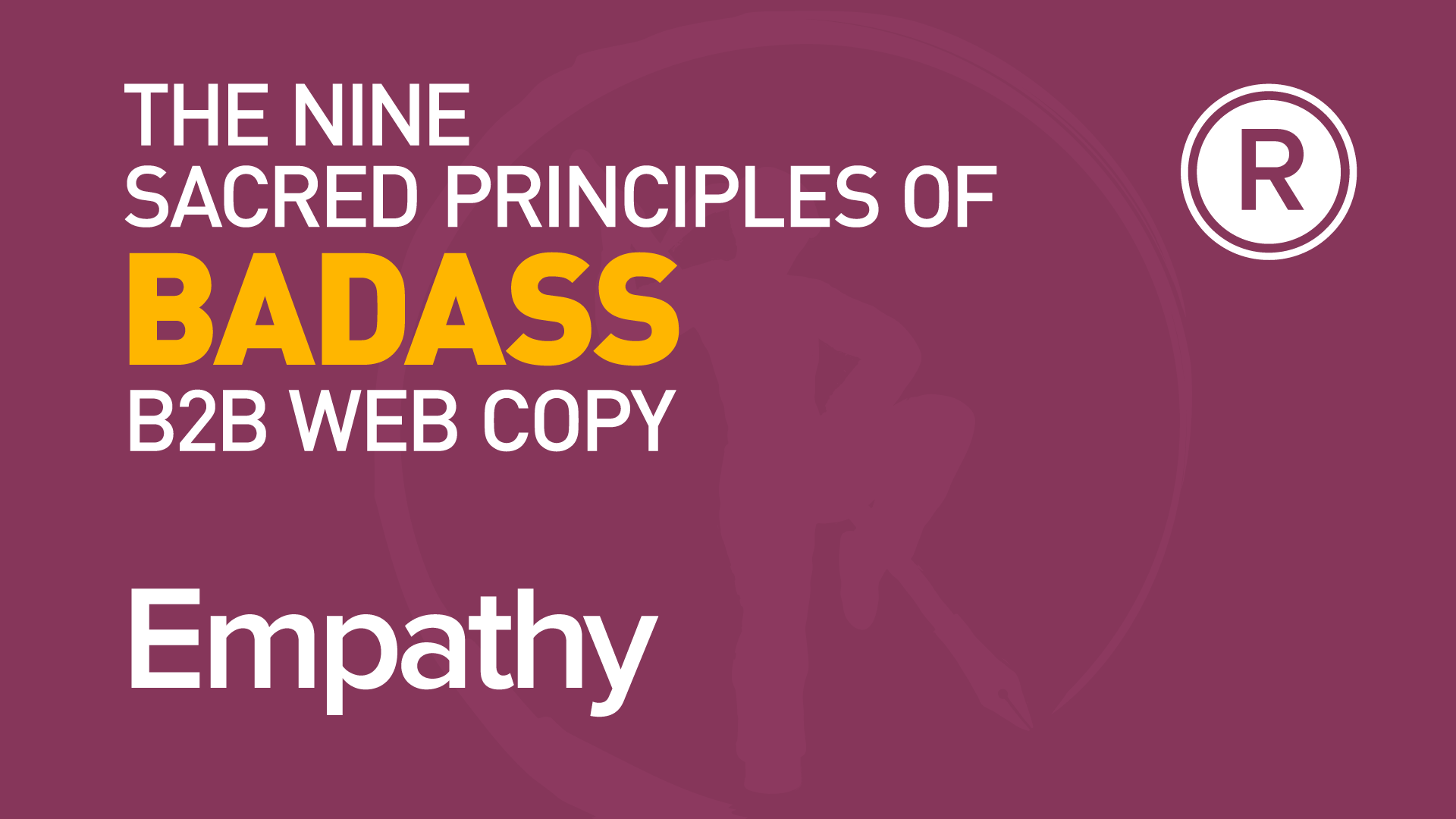As B2B copywriters, we all believe in the value of the content we produce. But when our clients need to prove the effectiveness of what we’ve created, all the belief in the world isn’t going to be of much help. They need to measure content performance.
That’s where analytics comes in. Analytics can prove how effective our content is, tell us what’s working and what’s not, and help refine what we do to get better results.
But analytics isn’t a magic wand that you can wave to instantly understand every aspect of content performance. What you learn will ultimately be decided by what you decide to measure. Choose poorly, and you can end up seriously misinterpreting what you customers want from your content – and your business.
To help us understand how best to measure the success and impact of our B2B content, we recently invited 3WhiteHats analytics consultant Jake Kimpton onto the Good Copy Bad Copy podcast.
In fact, Jake spent a good deal longer with us than we could include in the programme – so here’s a roundup of all the tips he shared on using analytics to work out what content works, and what doesn’t.
Bye-bye, bounce rate
According to Jake, there are two big mistakes that a huge number of marketers make when it comes to measuring content success: looking at bounce rates, and obsessing about the average time spent on a page
“Bounce rates in particular are a bit of a trap for marketers”
Firstly, he explains, bounce rates are based on averages, so they don’t give you a clear idea of individual engagement with a given page, which is what we as content creators really want to understand.
Secondly, they assume that a bounce is a bad thing. People look at bounces as deflections, drawing the conclusion that when someone leaves a page, they did so because they didn’t like what they saw. But that’s based on the obviously nonsensical notion that we all stay on websites until we find a piece of content that dissatisfies us – completely ignoring the idea that we might simply leave because we found what we came for.
Jake gave us a great example of this during our interview. “Imagine I’m browsing your website, and I come across a blog I like. I read it myself, I invite a colleague over to my desk to take a look, and I’m totally engaged with it. Then, when I’m done, I close the tab, satisfied with my experience.
“That’s a bounce. It’s an almost perfect content engagement scenario, but it’s read as a bounce.”
And he’s totally right. We perceive bounces as a negative, when really, they may represent the best possible outcomes that our content can drive.
So what should we measure instead? Engagement
The short answer is that we should be measuring the big thing that really matters to us – reader engagement. But you already knew that; it’s why you started looking at average stays on pages in the first place.
The big thing we need to change is how we measure engagement. Jake told us how the team at 3WhiteHats use reasonably simple scripts to measure things like mouse movement and navigation throughout the page to build up a much more reliable picture of who’s really engaged with content. (He assures us it’s easier than it sounds.)
“Ultimately, only you can decide what success looks like for your content” says Jake. “You know what kind of actions you’d like the people reading your content to take afterwards – so often, those are the best things to measure.”
Tracking things as simple as “contact us” links on each page can give you a clear idea of which content is inspiring the right action from your audience. And when paired with detailed information about page navigation habits, you can understand where you’re going wrong if those events are happening less frequently than you’d like.
Eight more ways to measure content performance
During our conversation, Jake provided a lot of practical tips that marketers can use to improve the way they measure content success using Google Analytics. Here are his top eight tips:
- Add extra tools to your blogs such as social sharing functions, comment sections and reaction polls that make engagement tangible.
- Enable scroll depth monitoring in Google Tag Manager to see how far readers are scrolling through your content before moving on in their journeys.
- Use HotJar or a similar tool to heatmap your content pages and see where activity is really happening… and where it’s tailing off.
- Make sure you’re adding a suitable number of calls to action in your content so you can clearly see how many people have followed which links for more information.
- Track where your newsletter signups have come from so you can determine exactly which piece of content persuaded someone to subscribe to hear more from you.
- Keep an eye on your referral traffic to identify when people are actively sharing your content and are genuinely excited about it.
- Look at your new vs return user rate for each page so you can gain a better understanding of whether bounces represent dissatisfaction with your content, or if people are simply saving it for later.
- Add a data layer for each page that tells Google Analytics what they are so it can better understand when the page is serving its purpose for readers.
Define what ‘good’ looks like – then measure
There’s a common thread between the insights that Jake shared with us: to successfully measure how well our content is performing, we must first define what good performance looks like.
If the ideal outcome of reading a piece of content is that a customer’s problem is solved, a bounce may actually be a sign of great performance. Whatever the action or outcome that you want to drive with your content, there’s a way to measure it. Start with that – not the metrics that are easiest to find.
Interested in learning more? You’ll hear more analytics insights from Jake on episode 67 of Good Copy Bad Copy. And if you want to discuss your own content needs, get in touch with us.
Further reading…
Podcast 67: B2B content trends and analytics – which formats get the best results?
Which types of B2B content get the strongest engagement? And how do you measure what content works best?



